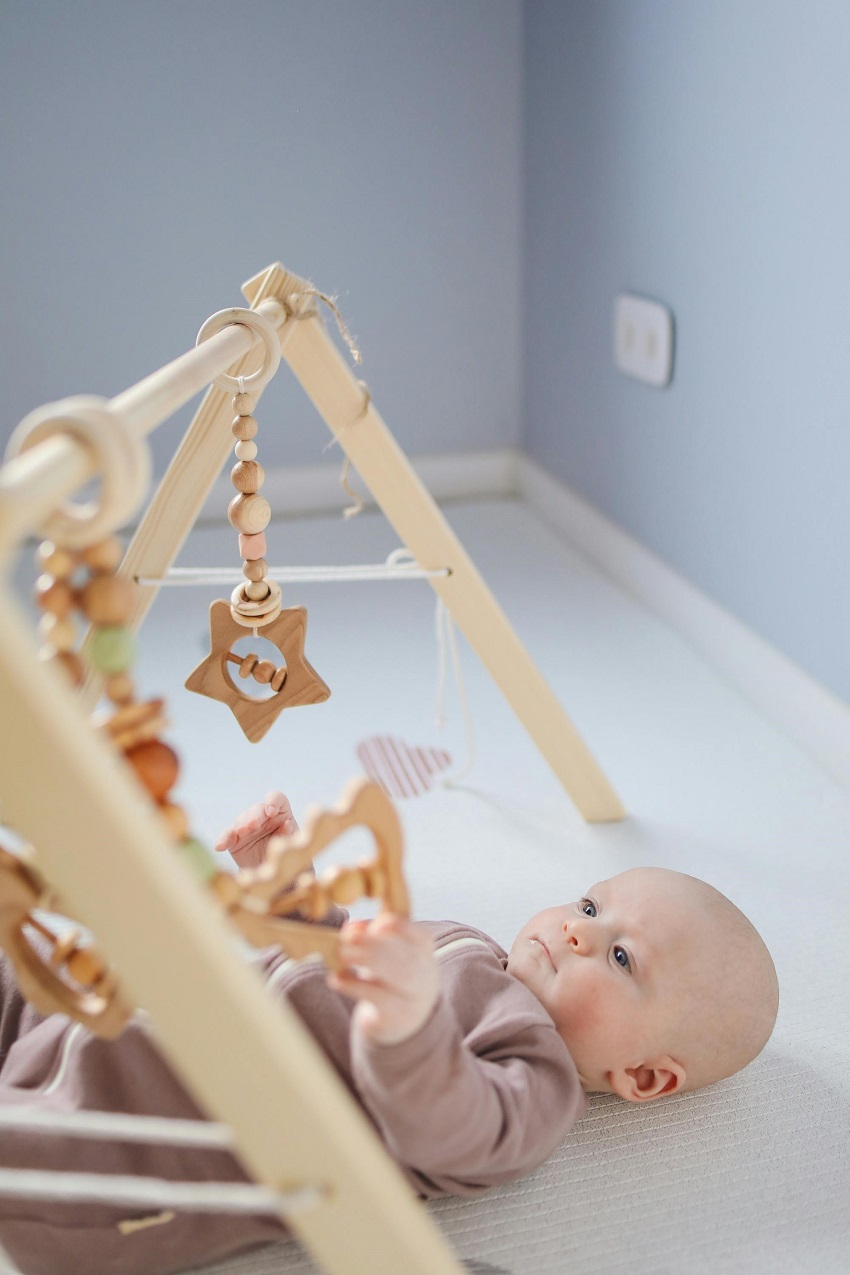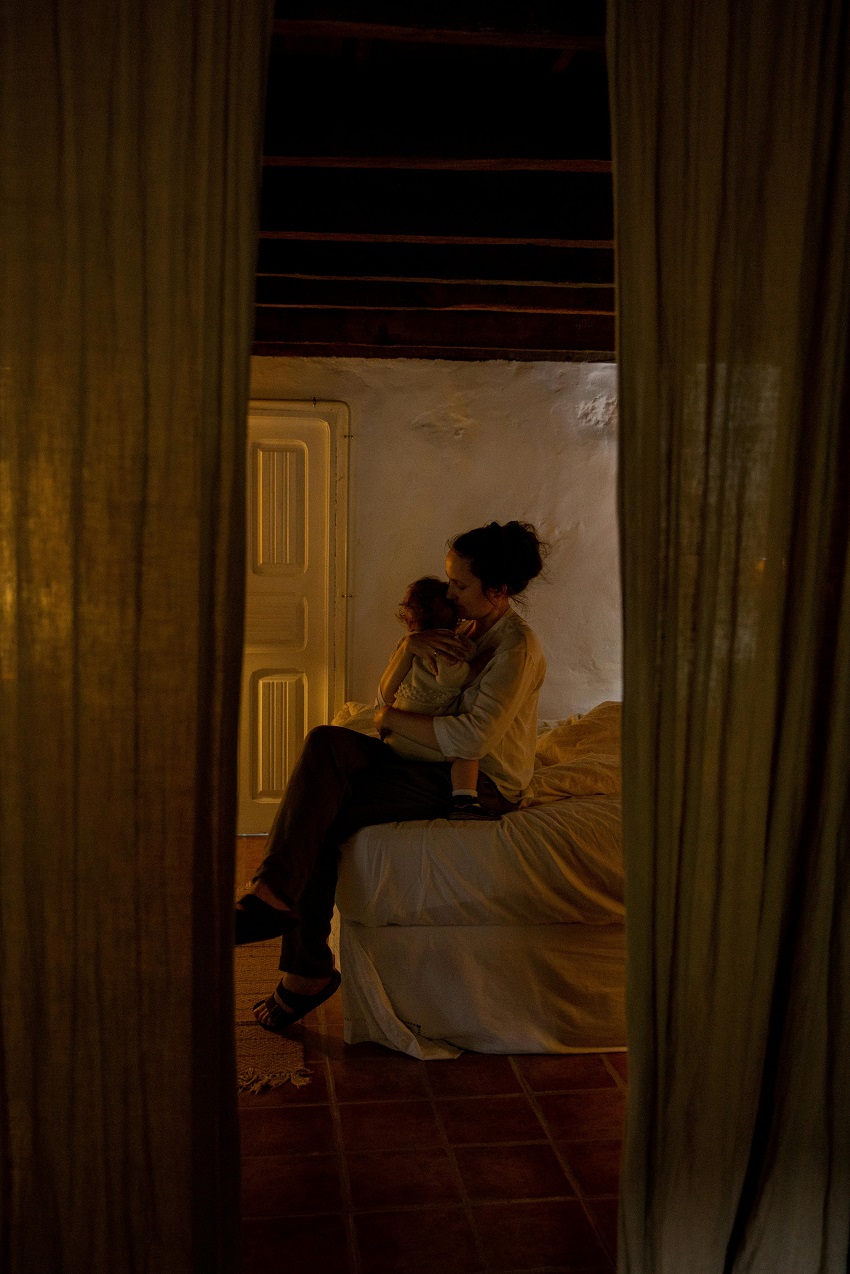您好!很高兴为您提供一对一的专属咨询。
请问有什么可以帮您?
冻卵的流程和价位是什么?


The birth of a young girl named Molly in Tennessee, USA, has garnered widespread attention. She isn't an ordinary newborn; she is a miracle born from a frozen embryo transfer. Even more astonishing is that her embryo was cryopreserved 27 years prior, setting a global record for the longest frozen embryo to successfully develop and be born.
Molly's story begins with her parents—29-year-old mother, Tzina, and 36-year-old father, Benjamin. The couple had tried to conceive naturally multiple times without success. After fully researching the medical options available, they decided to explore embryo donation. This decision set their lives on a completely different trajectory.
Through the National Embryo Donation Center in the US, they were introduced to the possibility of frozen embryo transfer. An embryo that had been frozen back in 1992 ultimately became the starting point for their first child, Emma. A few years later, they chose another frozen embryo and welcomed Molly. Though the sisters are not genetically related, having been carried and delivered by the same mother, they truly became one family. From a biological perspective, Molly's mother is only two years older than her "age," a coincidence that astounds and transcends time.
The application of frozen embryo technology offers hope to an increasing number of families planning for a child. In the US and Mexico, IVF and egg freezing have become important choices for conception planning. Typically, embryos are frozen on Day 3 or Day 5 after fertilization, with Day 5 blastocysts being more mature and better suited for screening and transfer. Using IVF-PGT, doctors can perform chromosomal and genetic testing on the embryos, avoiding inherited diseases and significantly improving the success rate of pregnancy.
The births of Molly and Emma also validate a key fact: the storage time of a frozen embryo has virtually no impact on its future developmental potential. As long as they are preserved under scientific conditions, they can still successfully lead to the birth of a healthy life, even after decades. This discovery is undoubtedly an encouragement to individuals considering US-Mexico IVF or US-Mexico egg freezing.
With the increasing trend of later marriage and childbearing, the demand for conception support among older women continues to rise. The success rate of natural conception gradually declines with age, and US-Mexico egg freezing offers them an option to preserve their fertility while they are younger. For those who are not ready to have children immediately, egg freezing is not just a safeguard but an active way to plan for the future. Meanwhile, with the mature assisted reproduction systems and personalized protocols in the US and Mexico, many families are able to achieve their dreams across the span of time.
Tzina and Benjamin call the arrival of their children a "miracle," a happiness they find incredibly precious. Their experience also provides a real-life case study for many others exploring the path to parenthood.

The IVF USA team, founded by Dr. Nathan Zhang, has been providing overseas assisted reproductive consulting services for over a decade, offering services such as US egg freezing, US IVF, and third-party assisted reproduction to those in need. With nearly 20 years of experience in the overseas assisted reproductive field, IVF USA recognized the diverse and personalized nature of reproductive needs and strategically entered the Mexican market, becoming the agent for Power Fertility Center (POWER IVF) in China. Dr. Nathan Zhang's business has now expanded beyond the US to include Mexico IVF and egg freezing, as well as services in Japan, Thailand, Taiwan, and Hong Kong. With scientific knowledge and patient companionship, every attempt has the chance to become a "miracle" of your own.